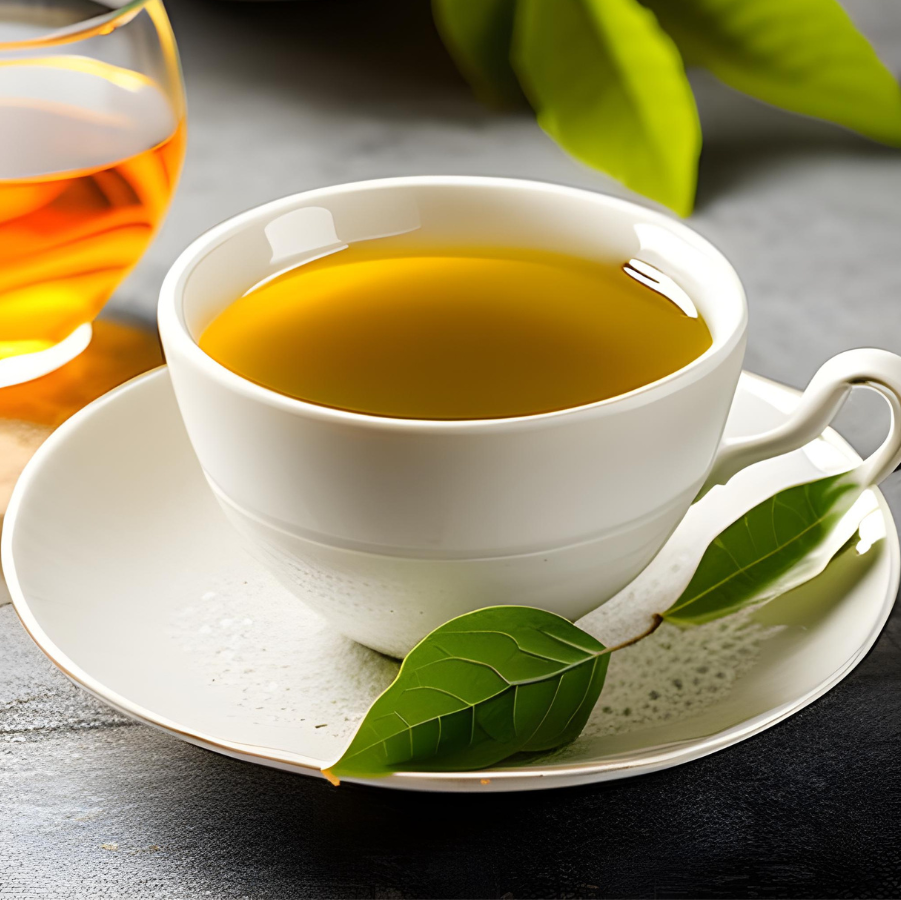Did you know bay leaves, which you may already have in your spice cabinet, are a powerful weapon in the battle against cancer? The leaves aren’t only used to flavor your favorite soups or stews, but they have amazing medicinal properties. In fact, ancient Greeks and Romans cherished bay leaves because of their medicinal properties. They used them in wreaths for honoring their gods, and to crown poets and athletes. What is it about these seemingly insignificant leaves that makes them such a promising weapon against cancer?
Bay leaves contain compounds that can cause cancerous cells to self-destruct. It’s like having a targeted missile for cancer cells that leaves healthy cells unharmed. A 2013 study published in Nutrition and Cancer found that the bay leaf could be a promising tool in preventing colorectal carcinoma. Researchers observed “variable levels” of increased apoptosis (cell death) when they exposed colon cancer cells with “molecular fractions” (fractions of the bay leaf). In other words, when exposed to bay leaves, more colon cancerous cells will die than if not.
Bay leaves have also been shown to be anti-inflammatory. Chronic inflammation is linked to cancer development and progression. Bay leaves help to create an environment unfavorable to cancer cells modulating inflammatory pathways. This essentially calms down inflammation and inhibits cancer growth.
Bay leaves contain antioxidants that play an important role in decreasing the risk of developing cancer. These antioxidants neutralize free radicals, which can cause DNA damage and cellular mutations. Bay leaves protect cells from oxidative damage and DNA damage. They also support the body’s natural defense mechanism against cancer.
Bay leaves have immune boosting qualities. Bay leaves stimulate and boost your immune system, which can be important in detecting and eliminating cancerous cells. According to a published study in Medicinal Plants of South Asia the bay leaf exhibits many biological activities, “including wound healing, antioxidant activity and antibacterial, antiviral, immunostimulant, anticholinergic, antifungal, insect repellant, anticonvulsant, antimutagenic, analgesic, and anti-inflammatory.”
Enjoy Bay Leaves in a Variety of Ways
Why not incorporate bay leaves into your daily life and reap the benefits? These practical tips will help you make the most out of bay leaves, whether you are cooking, drinking herbal tea, or taking a relaxing bath.
Bay leaves can be purchased at nearly all grocery stores and at some farmer’s markets and natural health stores.
CAUTION: Bay leaves should not be consumed whole, as they are unable to be broken down by the digestive system.
- Use them to give your soups and stews a subtle herbal flavor. Remember to remove the leaves before serving.
- Make an herbal tea using dried bay leaves steeped in hot water. Recipe below*.
- Bay leaves can be combined with oils and vinegars to create your own infused oils.
- Add dried bay leaves into your bath water to relax. Bay leaves contain substances like linalol and eucalyptol that help to relax the central nervous system and relief stress and anxiety. In addition, the aromatic steam can help create a relaxing atmosphere and provide a feeling of well-being.
- Potpourri made with dried bay leaves and other aromatic ingredients can create a fragrant atmosphere at home.
*RECIPE FOR BAY LEAF TEA
Ingredients:
1 dried bay leaf
1 cup of boiling water
Instructions:
Soak the bay leaf in a cup of boiling water for 10 minutes. Then strain and drink, 3 to 4 times per day.

PLEASE NOTE: Bay leaves are an adjunct to daily lifestyle, but should not be considered a replacement for any cancer therapy you may be receiving. Always seek the advice and support of your healthcare professional.
Resources:
Bennett L, Abeywardena M, Burnard S, Forsyth S, Head R, King K, Patten G, Watkins P, Williams R, Zabaras D, Lockett T. Molecular size fractions of bay leaf (Laurus nobilis) exhibit differentiated regulation of colorectal cancer cell growth in vitro. Nutr Cancer. 2013;65(5):746-64. doi: 10.1080/01635581.2013.796999. PMID: 23859043.
Sakulnarmrat K, Fenech M, Thomas P, Konczak I. Cytoprotective and pro-apoptotic activities of native Australian herbs polyphenolic-rich extracts. Food Chem. 2013 Jan 1;136(1):9-17. doi: 10.1016/j.foodchem.2012.07.089. Epub 2012 Jul 27. PMID: 23017386.
Berrington D, Lall N. Anticancer Activity of Certain Herbs and Spices on the Cervical Epithelial Carcinoma (HeLa) Cell Line. Evid Based Complement Alternat Med. 2012;2012:564927. doi: 10.1155/2012/564927. Epub 2012 May 9. PMID: 22649474; PMCID: PMC3357546.
S. Batool, R.A. Khera, M.A. Hanif, M.A. Ayub, “Bay Leaf,” Medicinal Plants of South Asia (2020);63–74. doi: 10.1016/B978-0-08-102659-5.00005-7.
